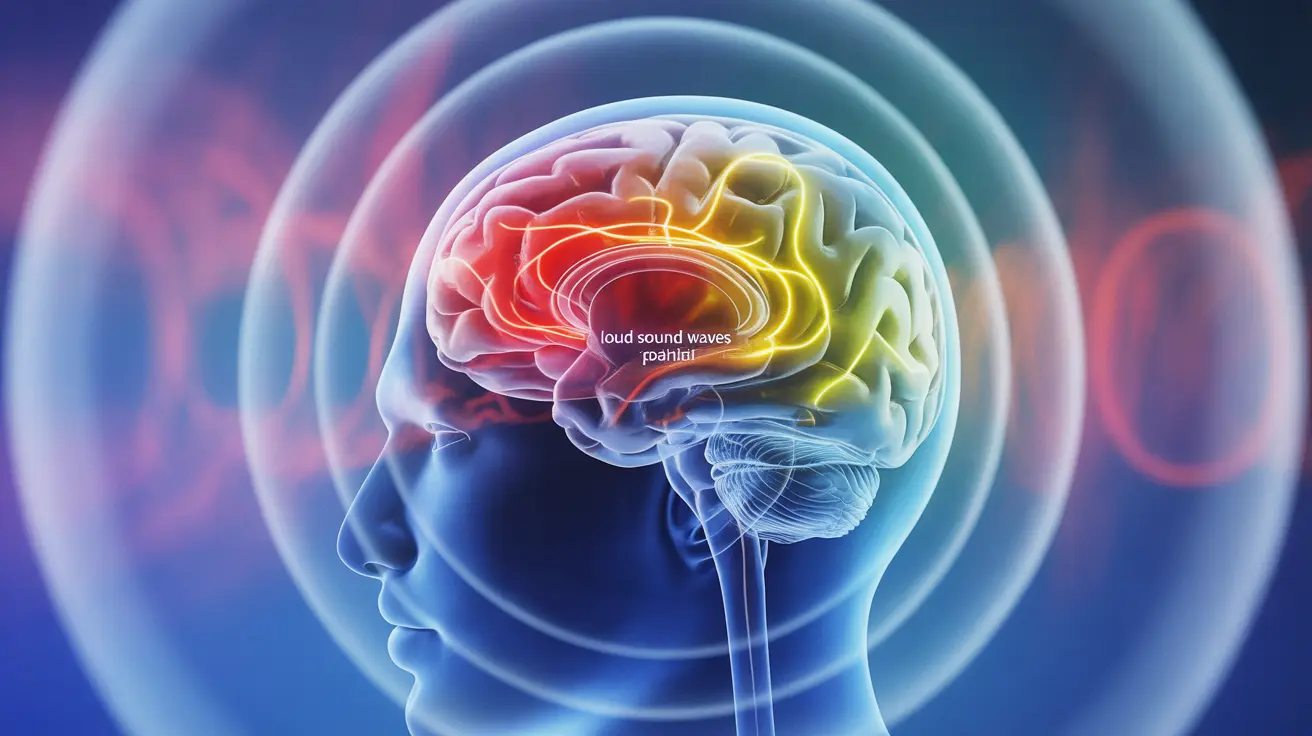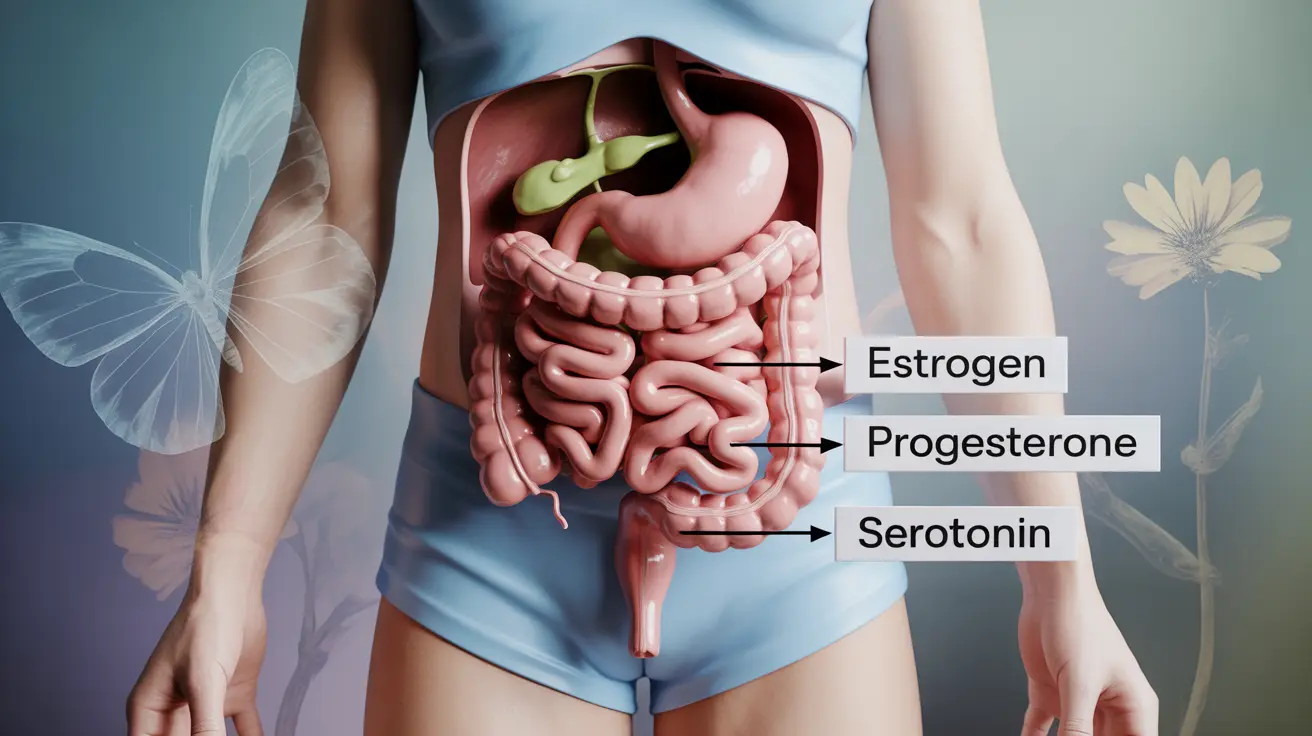The human body is a remarkable biological marvel, composed of trillions of microscopic building blocks that work together to sustain life. Understanding how many cells are in the human body provides fascinating insight into the complexity and organization of our biological systems. This cellular census reveals not only the sheer scale of our internal universe but also highlights the intricate balance between different cell types that keep us functioning.
From the moment of conception to adulthood, our bodies undergo continuous cellular growth, division, and renewal. The total number of cells in your body represents one of the most fundamental aspects of human biology, yet it's a question that has puzzled scientists for decades and continues to yield surprising discoveries about our cellular makeup.
The Total Cell Count: Understanding Your Cellular Universe
Scientists estimate that the average adult human body contains approximately 37.2 trillion cells. This staggering number represents one of the most comprehensive calculations in modern biology, derived from extensive research analyzing cell density across different organs and tissues. However, this figure can vary significantly based on individual factors such as body size, age, and overall health status.
The calculation of cellular abundance involves complex mathematical modeling that considers the varying sizes and densities of different cell types. For instance, red blood cells are incredibly numerous but relatively small, while muscle cells are much larger but less densely packed. This diversity in cellular architecture makes determining an exact count challenging, which is why estimates typically provide ranges rather than precise figures.
Recent advances in cellular biology and computational methods have refined these estimates considerably. Earlier studies suggested numbers ranging from 10 trillion to 100 trillion cells, but modern research has converged on the 37.2 trillion figure as the most accurate representation for a standard 70-kilogram adult human.
Human Cells vs. Bacterial Cells: The Microbial Partnership
One of the most fascinating aspects of human cellular composition involves the relationship between our own cells and the bacterial cells that inhabit our bodies. For many years, scientists believed that bacterial cells outnumbered human cells by a ratio of 10:1, leading to the popular claim that we are "more bacteria than human." However, recent research has dramatically revised this understanding.
Current estimates suggest that bacterial cells in the human body number approximately 38 trillion, creating a ratio of roughly 1.3:1 bacterial cells to human cells. This means that while bacteria are indeed numerous, they don't overwhelmingly dominate our cellular landscape as previously thought. The total weight of these bacterial cells is estimated at about 0.2 kilograms, or roughly half a pound.
The majority of these bacterial cells reside in the large intestine, where they form a complex ecosystem known as the gut microbiome. These microorganisms play crucial roles in digestion, immune function, and even mental health, making them essential partners in human biology rather than mere passengers.
Most Abundant Human Cell Types
When examining which human cell types are most numerous in the body, red blood cells dominate the count by an enormous margin. These oxygen-carrying cells, also known as erythrocytes, comprise approximately 84% of all human cells in the body. With an estimated 25 trillion red blood cells circulating through your bloodstream and tissues, they far exceed any other cell type in terms of pure numbers.
The second most abundant cell type consists of platelets, the small cell fragments responsible for blood clotting. Despite their tiny size, platelets number around 5 trillion in the average adult body. Following platelets, white blood cells, bone marrow cells, and endothelial cells round out the top five most numerous cell types.
It's worth noting that while red blood cells are most numerous, they represent a relatively small percentage of total body mass due to their small size. In contrast, muscle cells and fat cells, though less numerous, contribute significantly more to overall body weight and volume.
Diversity of Cell Types in the Human Body
The human body contains an estimated 200 to 300 distinct cell types, each specialized for specific functions. This remarkable diversity reflects the complex organization required to maintain a multicellular organism. From highly specialized neurons that transmit electrical signals to immune cells that patrol for threats, each cell type has evolved unique characteristics suited to its particular role.
Major categories of human cells include epithelial cells that form protective barriers, connective tissue cells that provide structural support, muscle cells that enable movement, and nerve cells that facilitate communication throughout the body. Within each category, numerous subtypes exist with even more specialized functions.
For example, the nervous system alone contains dozens of distinct cell types, including various neurons, glial cells, and support cells. Similarly, the immune system comprises multiple cell types such as T cells, B cells, natural killer cells, and macrophages, each with specific roles in defending against pathogens and maintaining health.
Cellular Changes Throughout Life
The number and composition of cells in the human body undergo significant changes throughout the lifespan. During early development and childhood, cell division occurs at rapid rates to support growth and organ development. The total cell count increases dramatically from birth through adolescence as the body grows in size and complexity.
Adult cellular turnover varies dramatically depending on cell type. Some cells, like those lining the intestinal tract, replace themselves every few days, while others, such as certain neurons and heart muscle cells, may last an entire lifetime with minimal replacement. On average, scientists estimate that most cells in the adult body are replaced approximately every 7-10 years, though this varies significantly by tissue type.
As we age, cellular turnover generally slows down, and the efficiency of cellular repair mechanisms decreases. This reduction in cellular regeneration contributes to many age-related changes, including decreased tissue function, slower wound healing, and increased susceptibility to disease. Additionally, the total number of certain cell types, particularly muscle cells and neurons, may decline with advanced age.
Frequently Asked Questions
How many cells are there in the average human body?
The average adult human body contains approximately 37.2 trillion cells. This estimate is based on extensive scientific research analyzing cell density across different organs and tissues, though the exact number can vary based on factors like body size, age, and individual biological differences.
What is the difference between human cells and bacterial cells in the body, and how many of each are there?
The human body contains approximately 37.2 trillion human cells and 38 trillion bacterial cells, creating a ratio of roughly 1.3:1 bacterial to human cells. Human cells are typically larger and more complex, with nuclei containing DNA, while bacterial cells are smaller, simpler, and lack a membrane-bound nucleus. The bacterial cells primarily reside in the digestive system and play important roles in health and digestion.
Which type of human cell is the most abundant in the body?
Red blood cells (erythrocytes) are by far the most abundant human cell type, comprising approximately 84% of all cells in the body. With an estimated 25 trillion red blood cells, they vastly outnumber any other cell type. These cells are responsible for carrying oxygen throughout the body and are continuously produced in the bone marrow.
How many different types of cells are found in the human body?
Scientists estimate that the human body contains between 200 to 300 distinct cell types. This diversity includes major categories such as epithelial cells, connective tissue cells, muscle cells, and nerve cells, with numerous specialized subtypes within each category. Each cell type has evolved specific characteristics and functions necessary for maintaining different aspects of human physiology.
How do the number and turnover of cells in the body change over time or with age?
Cell numbers increase rapidly during childhood and adolescence to support growth and development. In adults, cellular turnover varies by cell type—some cells like intestinal lining cells replace themselves every few days, while others like certain neurons may last a lifetime. As we age, cellular turnover generally slows, repair mechanisms become less efficient, and some cell populations may decline, contributing to age-related changes in body function and appearance.




